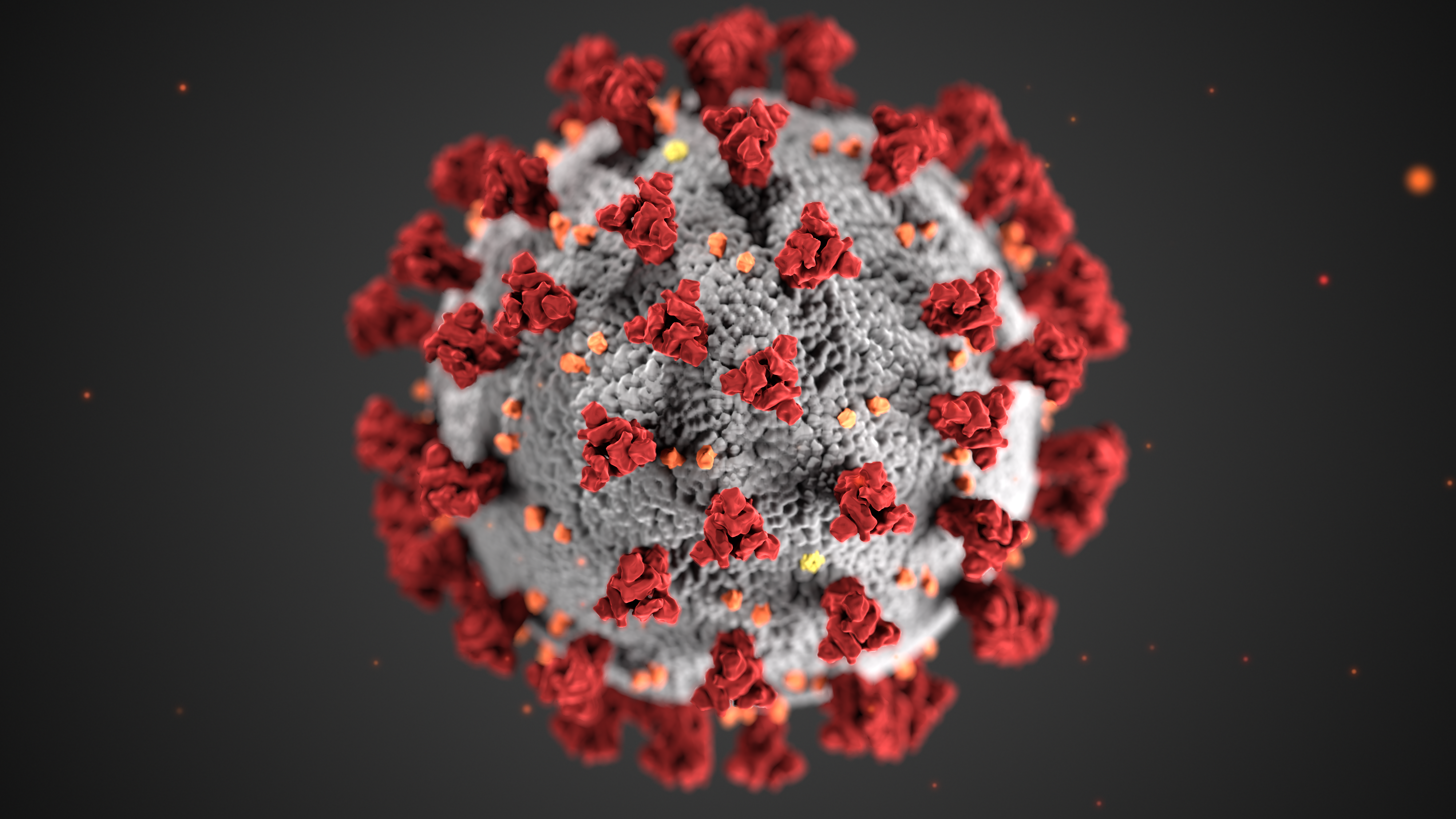Key Points:
- The NOTION-3 trial found that FFR-guided revascularization with PCI in TAVI patients with coronary artery disease significantly reduced the composite endpoint of all-cause mortality, myocardial infarction, and urgent revascularization compared to conservative management.
- The reduction in the composite endpoint was mainly driven by significantly lower rates of myocardial infarction and urgent revascularization in the PCI group compared to the conservative group.
- The trial provides evidence that severe AS patients with CAD can benefit from PCI revascularization with TAVI.
Aortic stenosis (AS) is prevalent in the elderly and often coexists with coronary artery disease (CAD), complicating treatment decisions, especially with the rise of transcatheter aortic valve implantation (TAVI). The benefit of coronary revascularization in TAVI patients with CAD remains unclear, with European guidelines offering only weak recommendations (Class II, level of evidence C) due to the lack of decisive randomized evidence. As TAVI becomes more common, especially in younger, lower-risk patients, determining the appropriate use of coronary revascularization guided by fractional flow reserve (FFR) versus angiography is crucial, but the safety and efficacy of these approaches in AS patients remain uncertain. In a breaking presentation at the 2024 ESC Congress today, Dr. Jacob Loenborg (Copenhagen University Hospital, Denmark) and his team presented their study: “NOTION-3: Percutaneous Coronary Intervention in Patients Undergoing Transcatheter Aortic Valve Implantation”
The NOTION-3 trial (NCT03058627) was an European, multicenter, prospective, randomized, open-label trial designed to evaluate the effect of routine FFR-guided complete revascularization with PCI compared to conservative management of CAD in AS patients undergoing TAVI. Inclusion criteria included severe aortic stenosis selected for TAVI by the Heart Team, and at least one coronary stenosis with FFR ≤ 0.80 or diameter stenosis > 90% in a coronary artery ≥ 2.5 mm in diameter. Key exclusion criteria included severe renal failure, admission with new acute coronary syndrome within 14 days, significant stenosis of the left main coronary artery or ostial left anterior descending artery and ostial left circumflex artery and more than one chronic total occlusion. The primary endpoint was the composite of first occurring all-cause mortality, myocardial infarction, or urgent revascularization until the last included patient has been followed for 1 year after TAVI.
A total of 455 patients were randomized: 227 to the PCI group and 228 to the conservative-treatment group. The median age of the patients was 82 years (interquartile range, 78 to 85), and the median Society of Thoracic Surgeons–Procedural Risk of Mortality score (on a scale from 0 to 100%, with higher scores indicating a greater risk of death within 30 days after the procedure) was 3% (interquartile range, 2 to 4)For the PCI group, PCI was performed before TAVI in 74% of patients, concomitantly with TAVI in 17%, and shortly after TAVI in 9%. The incidence of the primary composite endpoint was significantly lower in the PCI group compared with the conservative group (26% vs. 36%, hazard ratio [HR] 0.71, 95% confidence interval [CI] 0.51-0.99, p=0.041) after a median follow-up of 2 years. This composite was driven by lower rates with PCI for MI (8% vs. 14%, HR 0.54, 95% CI 0.30-0.97, p=0.037) and urgent revascularization (2% vs. 11%, HR 0.20, 95% CI 0.08-0.51, p<0.001), but there was no significant difference between the groups for all-cause mortality (23% vs. 27% HR 0.85, 95% CI 0.59-1.23, p=0.40).
Dr. Loenborg concluded: “NOTION-3 has answered an important clinical question, demonstrating that TAVI patients with CAD can derive considerable benefits from PCI, driven by reductions in MI and urgent revascularization.”





